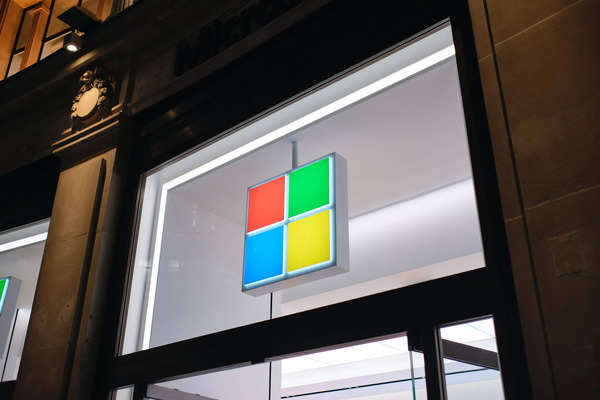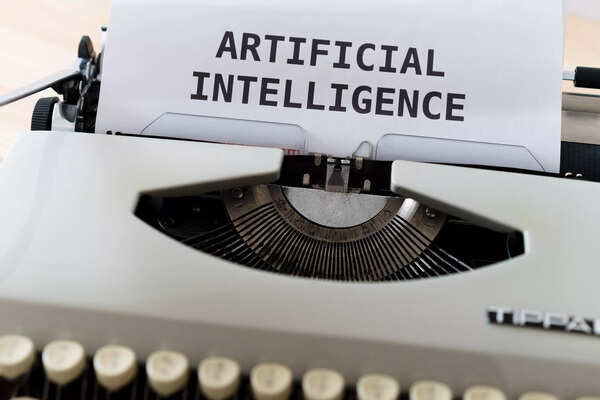How did OpenAI come into existence?
OpenAI is a private artificial intelligence research organization founded in December 2015 by Sam AltmanGreg Brockman, Ilya Sutskever, Wojciech Zaremba, and Elon Musk, Yes, Elon Musk was a founding member of OpenAI. The whole idea behind creating OpenAI was to develop and promote friendly AI in a responsible manner. The founders believed that AI had the potential to help solve some of the world’s most pressing problems.
Who are the co-founders and lead investors of Open AI?
The founders of OpenAI include Sam Altman, Greg Brockman, Ilya Sutskever, Wojciech Zaremba, and Elon Musk. Sam Altman is the president of Y Combinator and co-founder of OpenAI. Greg Brockman is the CEO of OpenAI and was previously the President and CTO of Cloudera. Ilya Sutskever is a renowned AI researcher who has worked on deep learning and neural networks. Wojciech Zaremba is a research scientist at OpenAI and a leading expert in natural language processing. Elon Musk, Founder of spacex And Tesla is also the co-founder of OpenAI.
OpenAI has received funding from several high-profile investors. In addition to its co-founders, Reid Hoffman, peter thielAnd Marc Andreessen was also an early investor.
What kind of work has OpenAI done?
It started as a research-based organization in the field of AI. However, it later developed GPT-2, a language model that can generate human-like text, and the development of OpenAI Gym, a toolkit for developing and comparing reinforcement learning algorithms.
In addition to its research and development efforts, OpenAI also engages in policy work, education and outreach, and the development of AI applications. The company also has several partnerships with other organizations working in the field of AI, including Microsoft, Google, and IBM.
What was Elon Musk’s role in OpenAI?
Musk is one of the co-founders of OpenAI. He was associated with the company since its inception in December 2015. However, in 2018, Musk resigned from OpenAI’s board of directors due to potential future conflicts (of interest) with his companies Tesla and SpaceX, which are developing artificial intelligence technology.
When he resigned, he said he planned to continue donating to the organization. However, his stance may be changing as he recently said that he felt OpenAI was more on the “non-profit” side of things. At the time, Musk said in a statement, “I didn’t agree with everything the OpenAI team wanted to do. I didn’t want to represent the company. I didn’t want to be associated with it. I’m not trying to be anybody’s protector.” I just want to help in my own way.
What is Microsoft’s investment in OpenAI worth?
Over the past two months, experts have said that Microsoft’s initial investment in OpenAI could turn into a masterstroke. Microsoft first announced a “strategic partnership” with OpenAI in 2019. The partnership aims to bring OpenAI’s advanced AI technologies and capabilities to Microsoft’s Azure cloud platform, making it easier for developers and businesses to use OpenAI’s AI models and tools.

As part of the partnership, Microsoft invested in OpenAI and the two companies have collaborated on a number of AI-related projects and initiatives. Recently, Microsoft announced a multi-billion dollar investment in OpenAI, further underscoring its deep involvement with the company. “We built our partnership with OpenAI with a shared ambition to responsibly advance cutting-edge AI research and democratize AI as a new technology platform,” said Satya Nadella, President and CEO of Microsoft. “In this next phase of our partnership, developers and organizations across industries will have access to the best AI infrastructure, models and toolchains with Azure to build and run their applications.”
What other projects has OpenAI worked on?
One of the flagship projects of OpenAI is DALL-E, another AI model. give him is a generative model that can generate images from text descriptions. It is based on the GPT-3 model, one of the most advanced language models developed by OpenAI.
DALL-E uses a transformer-based architecture, which allows it to process large amounts of data and generate high-quality images. It is trained on a dataset of images and text descriptions, which enables it to understand the relationship between the two.
One of the main features of DAL-E is its ability to generate images from text descriptions that are not present in the training data. For example, if given a text description “a two-story pink house with a white fence and a red door”, DALL-E can generate an image of a house matching that description, even if it has never Have not seen a two storey house. Pink house with white fence and a red door before.

DALL-E is also able to create images from more abstract text descriptions, such as “a robot that looks like a giraffe” or “a car that looks like a spaceship.”
DAL-E has been released as an API, which allows developers to generate images from text descriptions in real time, making it easier for them to integrate the technology into their own applications.
The other model is OpenAI Five, which is capable of playing Dota 2 — a really popular game — at a high level and competing with professional players.
Note that Dota 2 is a complex and challenging game that requires players to make strategic decisions, coordinate with their team, and react quickly to changing conditions on the battlefield. OpenAI Five is designed to play games similar to human players using a combination of deep learning and reinforcement learning techniques.
OpenAI Five is trained using a combination of supervised learning, where it is trained on historical game data, and reinforcement learning, where it learns by playing games against itself. This allows the model to learn the strategic elements of the game as well as the tactical skills needed to be successful.
The model has been successful in defeating professional players in exhibition matches.